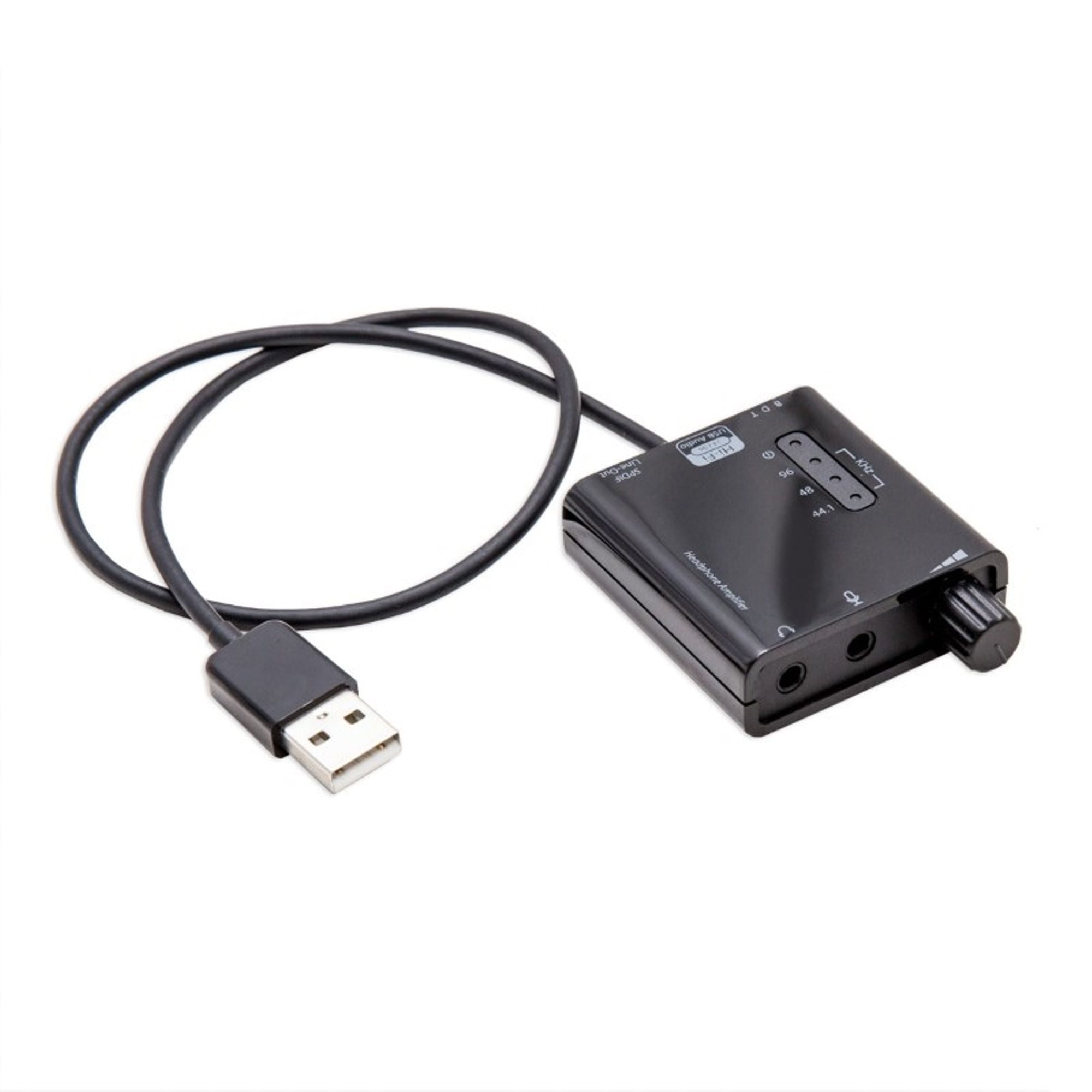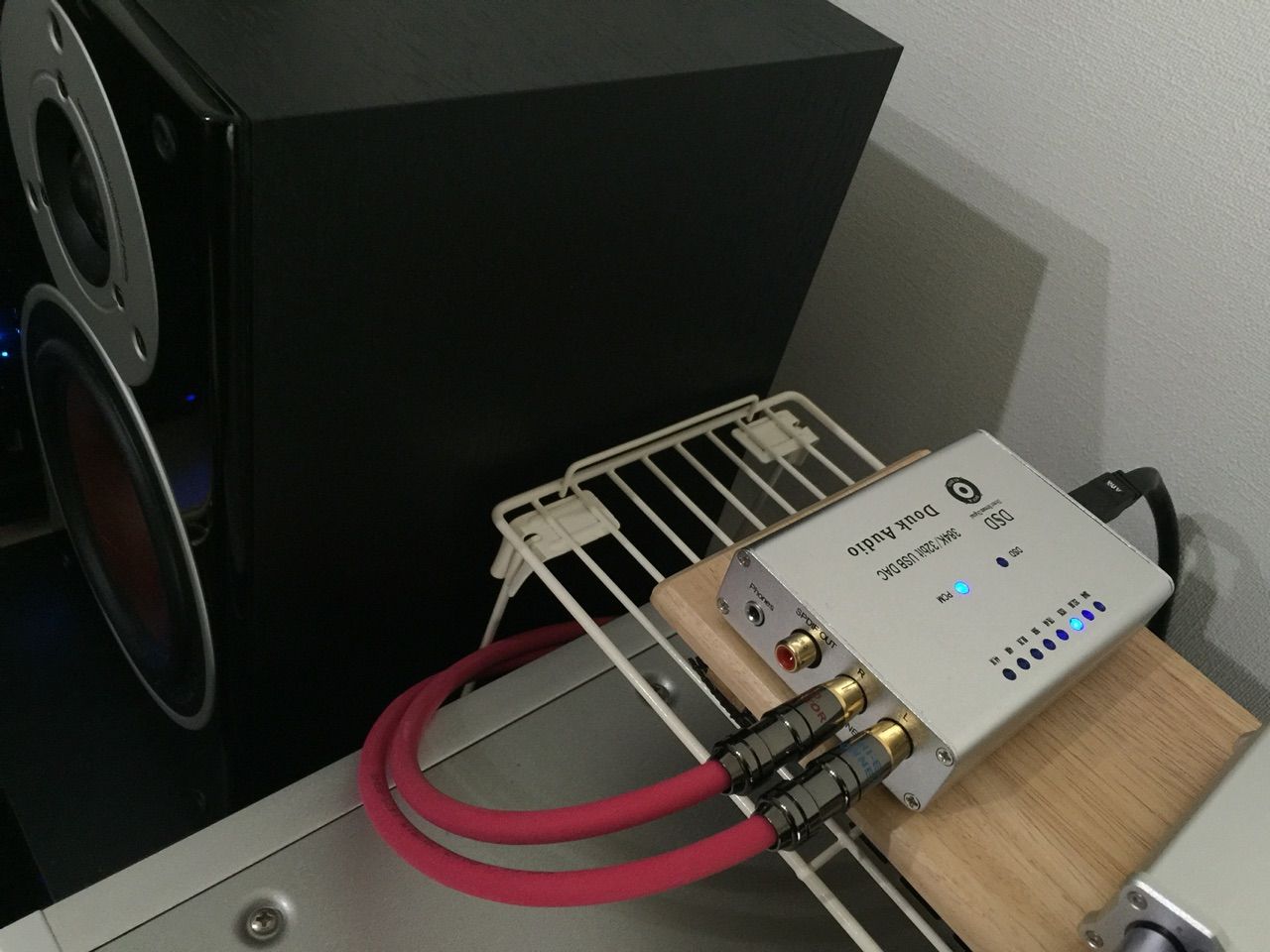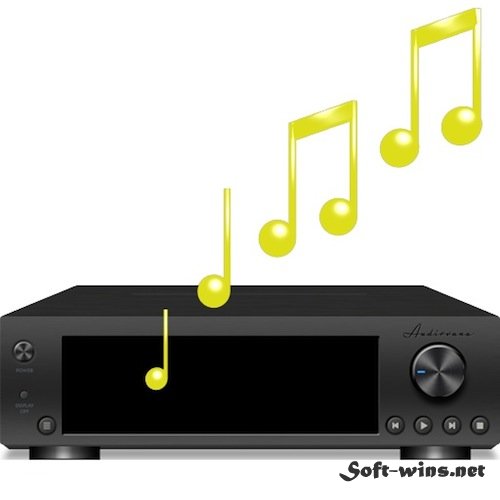

- AUDIRVANA PLUS USB DAC DRIVER
- AUDIRVANA PLUS USB DAC FULL
- AUDIRVANA PLUS USB DAC SOFTWARE
- AUDIRVANA PLUS USB DAC PC
AUDIRVANA PLUS USB DAC SOFTWARE
USB Audio is a software standard that defines how audio devices can communicate with the computer to play music. NuPrime communicates and decode digital music from the computer through USB Audio (this is a software standard, not physical USB standard). Note that the I2S output is for connecting to other NuPrime products and may not work with other devices.įor a complete history and explanation of USB standard (1.0, 2.0, 3.0, 3.1) and port types (A, B, C, micro, etc), refer to Wikipedia USB article.
 Power consumption: 13.5W (0.9W Standby). Power Supply: AC voltage selector switch at the bottom of the unit, 115V or 230V. USB Audio Firmware: upgradable via USB DFU tool. 0 dB=2 Vrms with Volume=87 +6 dB=4 Vrms with Volume=99. If set to variable output, the maximum output is 4Vrms. 2 RCA unbalanced outputs: Fix mode 4Vrms or 2Vrms (user selectable). If set to variable output, the maximum output is 8Vrms. 2 XLR balanced outputs: Fix mode 8Vrms or 4Vrms (user selectable).
Power consumption: 13.5W (0.9W Standby). Power Supply: AC voltage selector switch at the bottom of the unit, 115V or 230V. USB Audio Firmware: upgradable via USB DFU tool. 0 dB=2 Vrms with Volume=87 +6 dB=4 Vrms with Volume=99. If set to variable output, the maximum output is 4Vrms. 2 RCA unbalanced outputs: Fix mode 4Vrms or 2Vrms (user selectable). If set to variable output, the maximum output is 8Vrms. 2 XLR balanced outputs: Fix mode 8Vrms or 4Vrms (user selectable).  AES/EBU: Supports PCM 44.1KHz ~ 192KHz/32Bit and DSD DOP 64. OPTICAL: Supports PCM 44.1KHz ~ 192KHz/32Bit and DSD DOP 64. COAXIAL: Supports PCM 44.1KHz ~ 768KHz/32Bit and DSD DOP 64,128 and 256. IIS/DSD: Supports PCM 768KHz/32Bit and DSD 512 data streams. USB: Type B 2.0 Hi-Speed, data stream up to 384KHz/24Bit and DSD 256.
AES/EBU: Supports PCM 44.1KHz ~ 192KHz/32Bit and DSD DOP 64. OPTICAL: Supports PCM 44.1KHz ~ 192KHz/32Bit and DSD DOP 64. COAXIAL: Supports PCM 44.1KHz ~ 768KHz/32Bit and DSD DOP 64,128 and 256. IIS/DSD: Supports PCM 768KHz/32Bit and DSD 512 data streams. USB: Type B 2.0 Hi-Speed, data stream up to 384KHz/24Bit and DSD 256. 
You can then compare the sound between the MQA stream and the upsampled PCM stream. With a PCM stream, you will then be able to use the SRC and perform upsampling.
AUDIRVANA PLUS USB DAC PC
You can experiment by using software unfolding and decoding on the PC Tidal application so that the Evo DAC receives a PCM stream rather than a MQA stream. The Sampling Rate Converter is not active when the input is MQA, which is how it should work.
Available in black or silver anodized aluminum finish. AUDIRVANA PLUS USB DAC DRIVER
Exclusive driver software for Windows, standard driver software for Mac. Individually adjustable volume on each input for precise level matching of sources. DSD is decoded natively with the same sample rate as the input source. USB Supports DSD native playback by ASIO and DoP method. Custom designed non-linear volume curve. AUDIRVANA PLUS USB DAC FULL
Full microprocessor control with memory retention for all inputs.
Seven digital inputs for complete system flexibility. Analog output channel setting (both outputs can be set to Right, Left, R + L or L + R). A proprietary NuPrime implementation capable of decoding DoP formats via coaxial and optical inputs (to support NuPrime source and server devices that are able to output DoP stream in addition to S/PDIF). NuPrime PSRC IC chip provides sample rate up/down conversion processing, from PCM 44.1kHz to PCM 768kHz and DSD64 to DSD512 (including PCM to/from DSD). State-of-the-art DAC with warmer sonic characteristics. The world’s highest performance 32-bit Stereo DAC (ES9038PRO). This translates to a superlative gain in audio performance that defines the Evolution series. Hence, the analog section is fed with the cleanest and most stable power we’ve put into any product. This circuitry provides further power stabilization and exhibits a high PSRR. Taking things further, the analog section benefits from a NuPrime proprietary power circuitry crafted from discrete components. The stainless steel enclosures for the power supply provides shielding to minimize the transformer noise interference affecting other sensitive circuitry.Ī large capacitor bank (around 70,000uF) using specialized capacitors, supplies ample and stable power to the analog and digital circuitry. The filtered AC power is then fed to the AC power supply that utilizes C-Core transformers which has less stray flux than conventional ring type transformers. C-Core Transformer and Large Capacitor Bank The AC inlet goes right to a filter, which reduces the AC high frequency line noise by at least 20dB in the 100kHz to 5MHz region. To get the cleanest and most stable power to the circuitry, no expense was spared when designing the power supply section of the Evolution DAC.








 0 kommentar(er)
0 kommentar(er)
